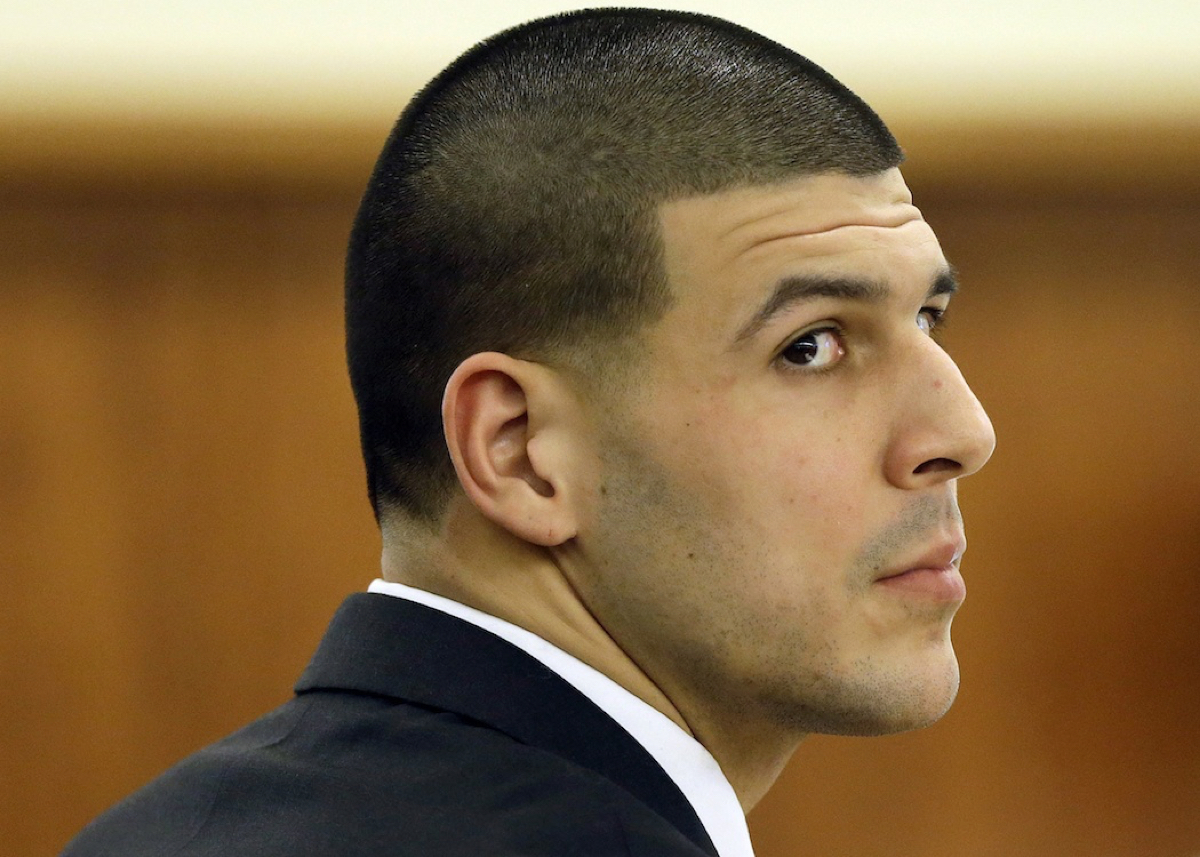How High-Profile Suicides Affect Public Health

Photo via AP
Headline after headline Wednesday shared the same news: Former Patriots tight-end Aaron Hernandez had died by suicide in prison.
It’s no surprise that the story garnered major attention, especially here in New England. But when details of any high-profile suicide dominate the news cycle—as they often do—the mental health community steels itself for the aftershock.
“There is actually increasing evidence…that this can influence suicide-related behavior in people who are struggling, directly or indirectly, with suicide or suicide ideations,” explains Elsa Ronningstam, a psychologist at McLean Hospital, a psychiatric hospital in Belmont. “It can encourage people. It can make people identify themselves with the person who has committed suicide. This is a very complicated phenomenon.”
Indeed, studies have shown that media coverage and social media activity surrounding suicide, as well as celebrity suicides, may have a ripple effect within the general population. After Robin Williams took his own life in 2014, for example, suicide hotlines saw call spikes for months.
There are guidelines for how the media should write about suicide, in hopes of minimizing risk, but public missteps are common. After Williams’ death, the Academy of Motion Picture Arts and Sciences, for one, took heat for what many perceived as glamorizing his death.
“This can be triggering for some people,” Ronningstam says. “But on the other hand, it can also be used very constructively to increase awareness of suicide and suicide prevention.”
In the aftermath of a death like Hernandez’, Ronningstam says it’s important to focus on available resources, such as suicide hotlines, the American Foundation for Suicide Prevention (AFSP), and emergency rooms.
The AFSP, for its part, released a statement Wednesday regarding Hernandez, and the complicated circumstances that underlie any suicide. It reads:
While his trial might have been related to his death, it was not the only cause. There is never a single cause for suicide. Suicide is the result of many factors that come together such as an underlying mental health condition and access to lethal means. Suicidal individuals generally experience feelings of hopelessness, pain and despair. We must do more to prevent such tragic deaths through greater awareness of mental health issues, common warning signs, and effective interventions and treatments.
Ronningstam adds that the media and the public must resist sensationalizing Hernandez’ death, instead framing it within the context of a society that loses more than 40,000 people each year to suicide, and that still struggles with its treatment of mental illnesses.
“This type of event points to the need for communal attention, car[ing] for each other, and suicide prevention,” she says. “That is the more important thing right now.”
To reach the National Suicide Prevention Lifeline, call 1-800-273-8255. To reach the Samaritans Statewide Hotline, call or text 1-877-870-4673.


